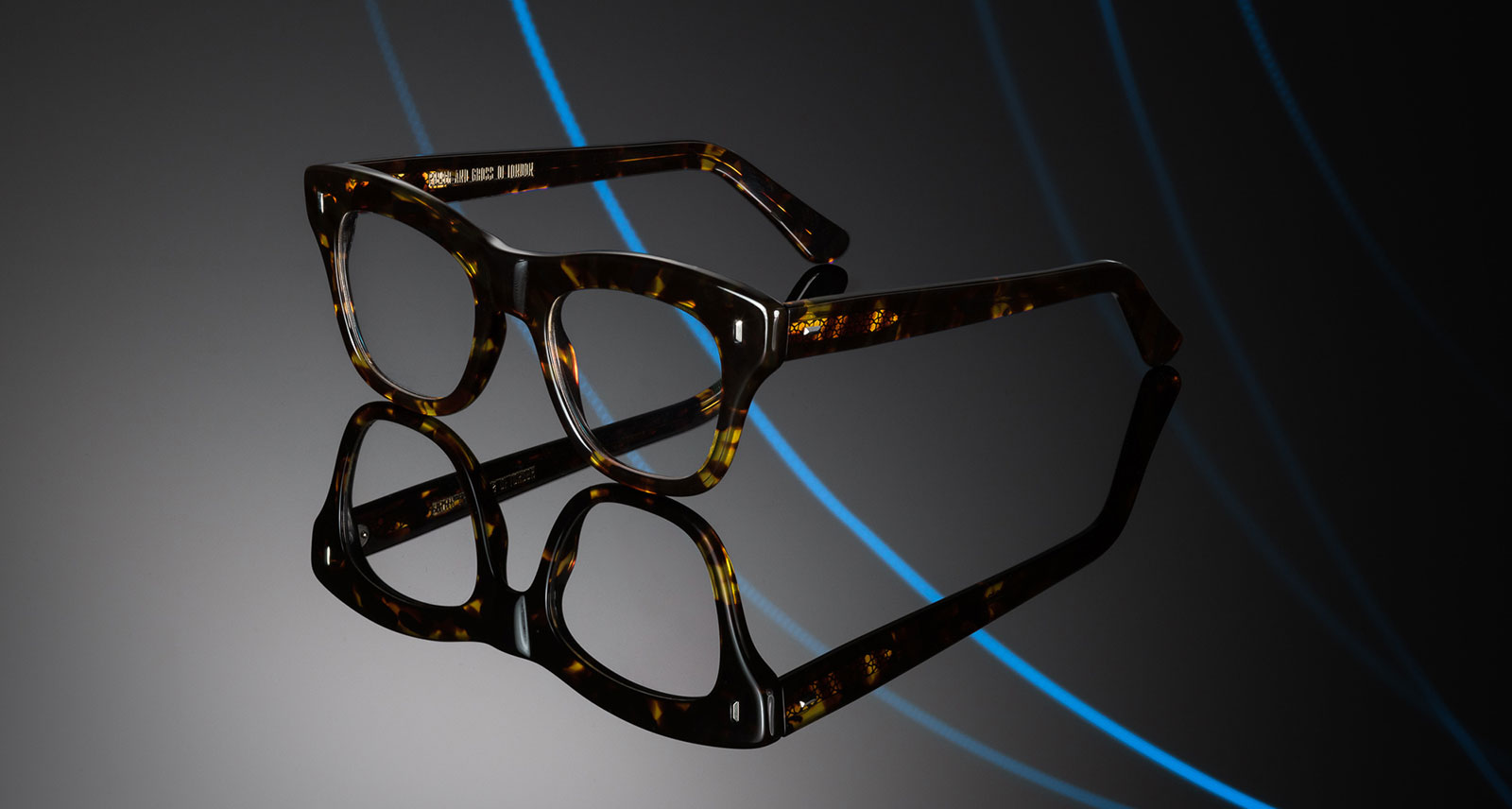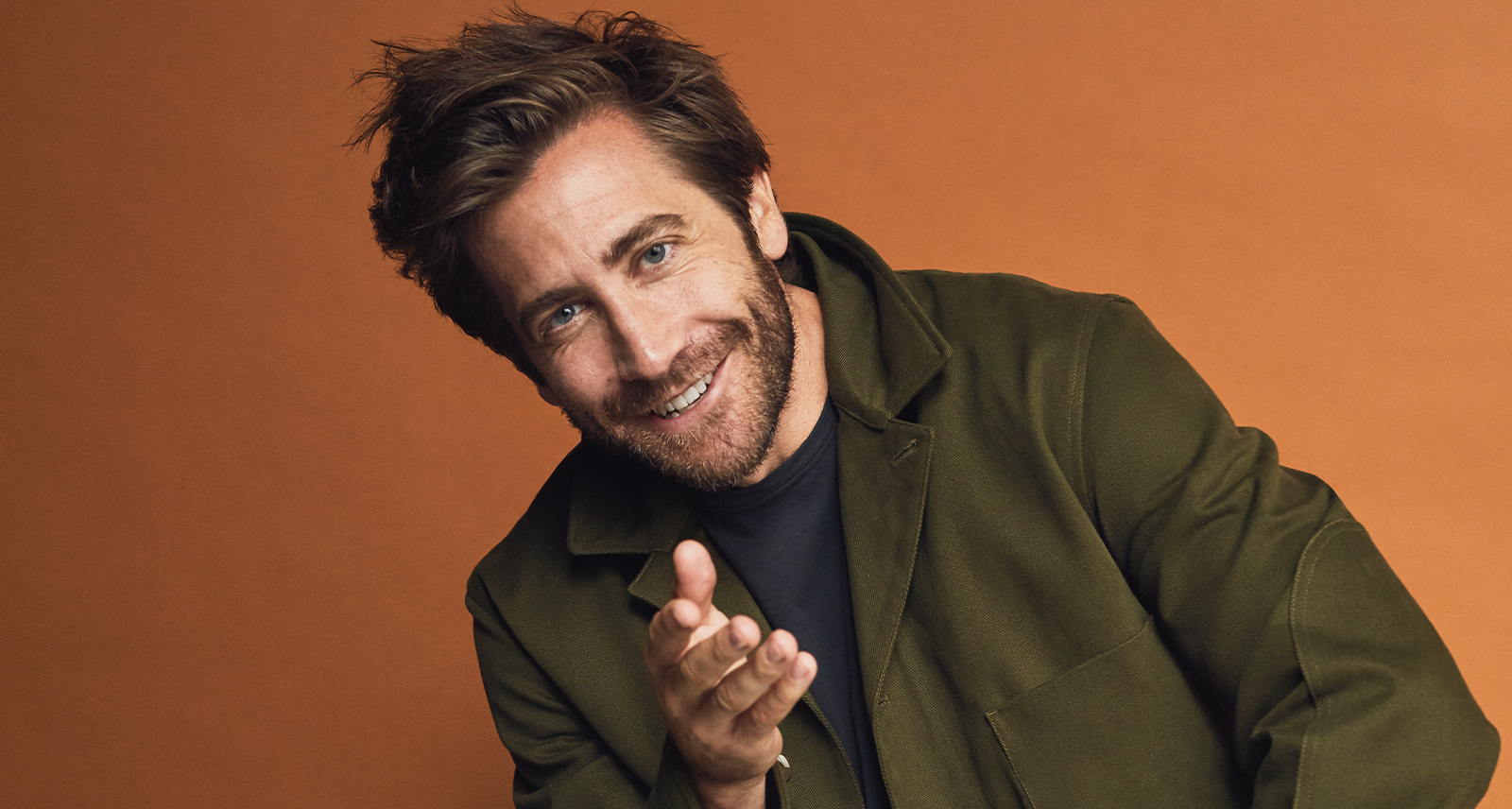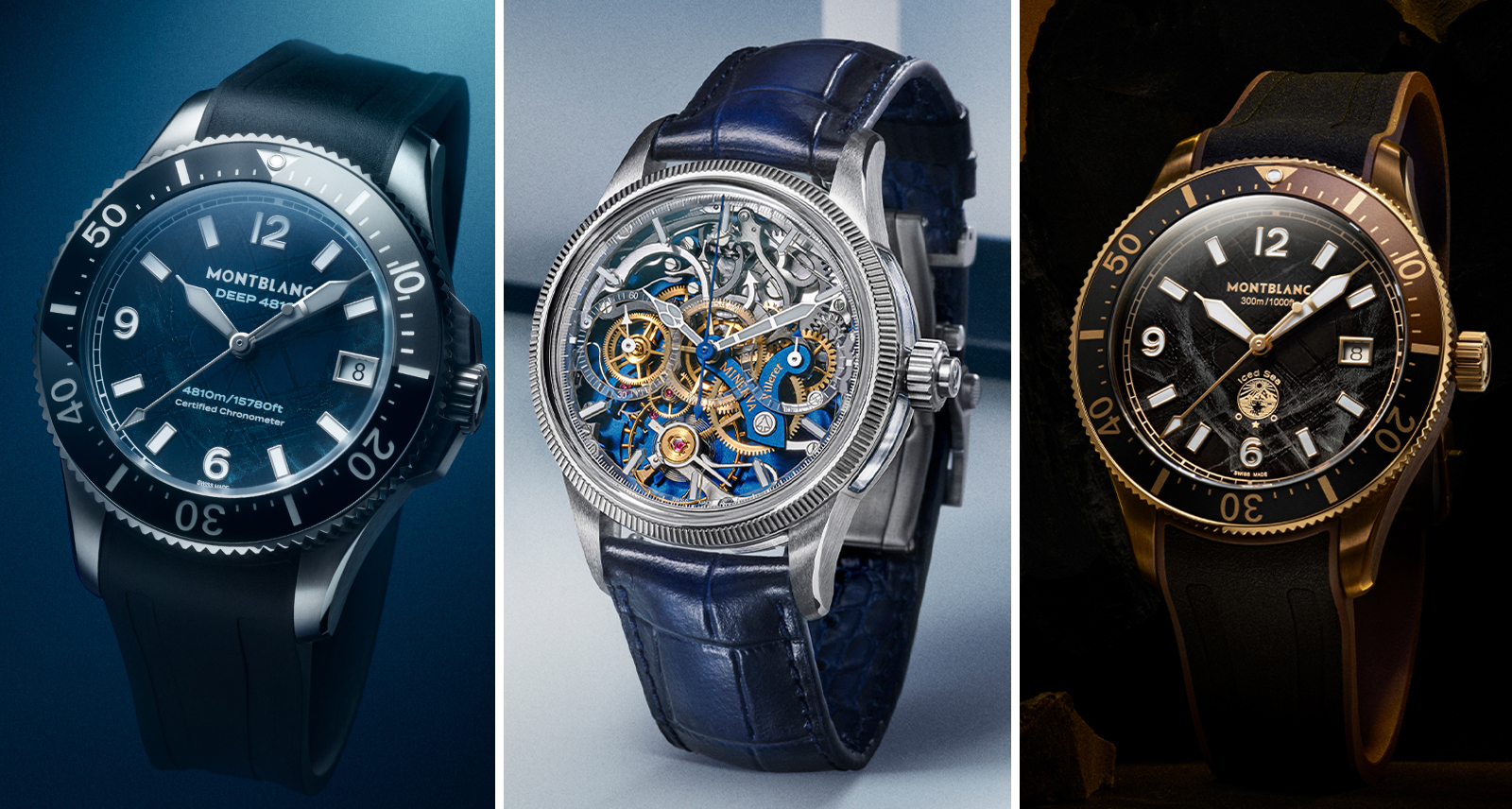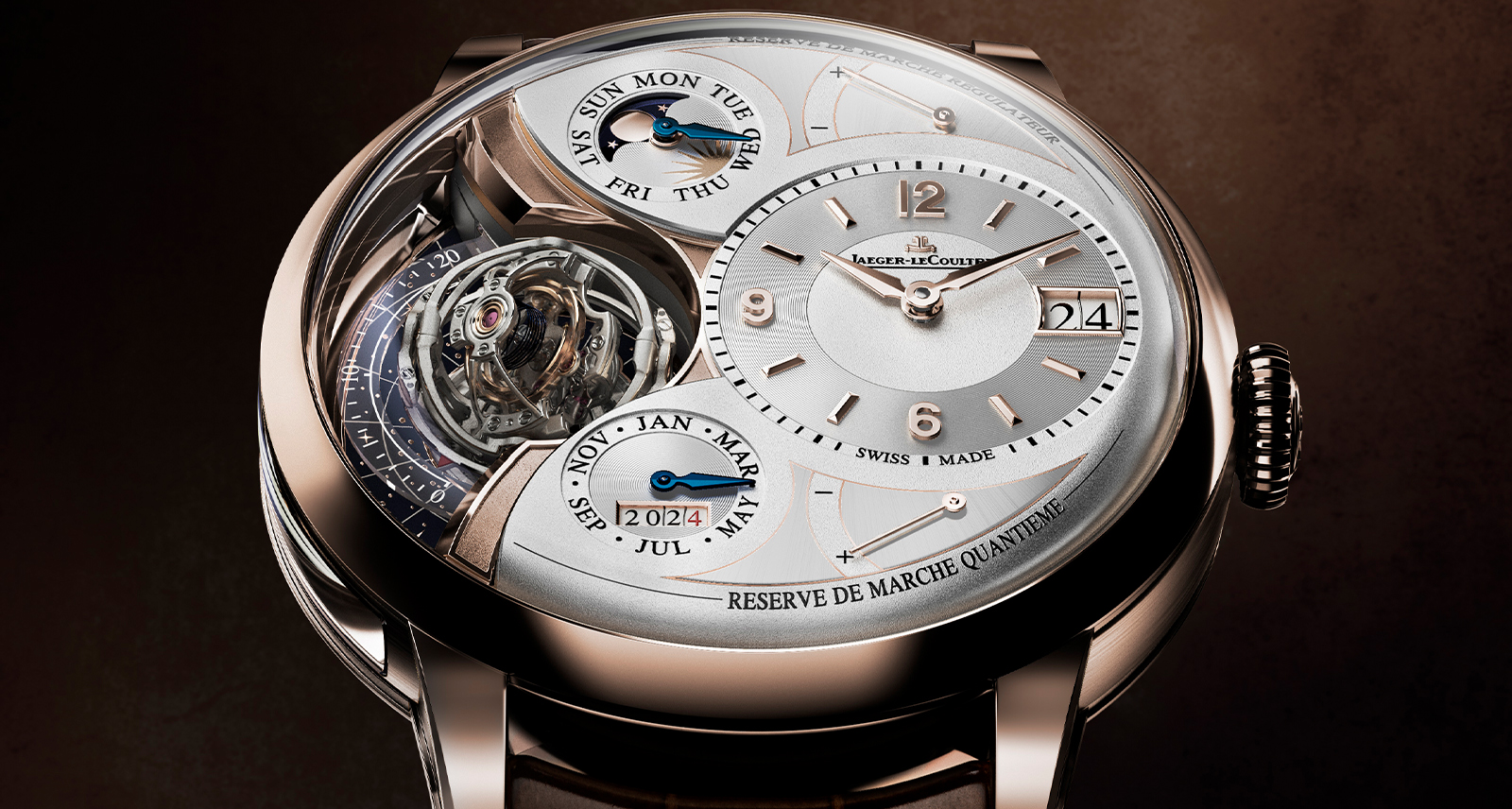Meet the Woman Behind the World’s Coolest Glasses
Few accessories have as much potential to define a person’s entire look quite like a pair of glasses. And few eyewear designers create glasses as distinctive and statement-making as Cutler and Gross. Since its founding in 1969, the British company has grown from a tiny word-of-mouth outfit to a global brand respected for its innovative designs and enduring quality.
We recently sat down with longtime design director Marie Wilkinson to discuss her history with Cutler and Gross and her approach to designing the label’s latest collection.
How did you get your start at Cutler and Gross?
I joined in 1981, and was so fortunate to work with Mr. Gross and Mr. Cutler. I don’t know what I would have done otherwise. Working alongside them was the best education ever, to actually build a brand from just five people — Mr. Cutler, Mr. Gross, the frame maker George Smith, his wife who use to hand dye the lenses, and the receptionist, a beautiful woman named Kay.
At that time we didn’t have any competition. The eyewear factories in the UK were concentrating on making prescription glasses, and there was Oliver Goldsmith, but he wasn’t an optician — he was supplying film stars with sunglasses — so he had a very different business to us. Fashion in the ’80s was really free and exciting and brave. Everyone had so much to say and people were listening. It was a really exciting time. I’ve just been swept along with this amazing wave that is Cutler and Gross.
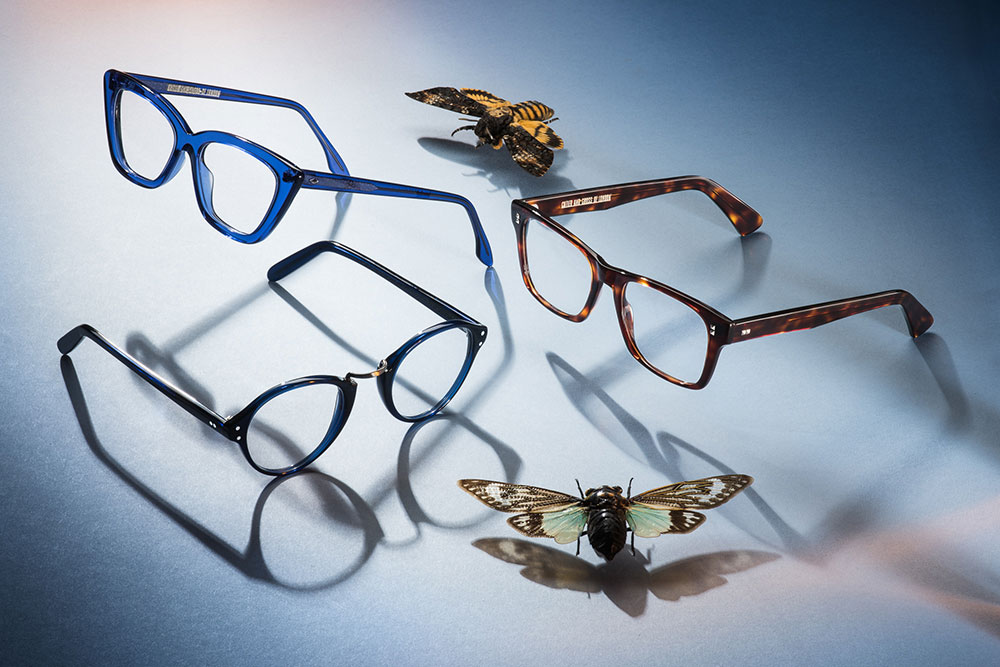
You trained as an optician. Are opticians normally involved in design in such an integral way, or is that something unique to Cutler and Gross?
Opticians are trained to take very detailed frame measurements so you can make bespoke frames and get the perfect fit for somebody who has an unusual specification, but very few opticians actually get to really develop that skill. On our team, we embrace people who have a background in fashion or product design, because they bring different elements to the table. We even have an architect on our team, which I think creates more rounded, wearable, and interesting glasses that appeal to a broad range of people. We aren’t prescribing what you should wear, it’s more about what you would like to wear and figuring out how to making that for you.
Do you have a favourite material to work with?
We are using metal and titanium more and more which is very beautiful, but personally my heart is still with acetate — I love what we can do with acetate. I love the way colour plays, and the different patterns and textures, it really fires me. Some people dream in Italian or English, but I dream in acetate.
When did Cutler and Gross begin expanding internationally? Was there one big push or has it happened organically?
The big step was in ‘83, when Mr. Gross produced a 10-piece sunglass collection with an Italian factory. He took those samples to a menswear show in Paris, and his stand was mobbed. He called me and said, “I am absolutely overwhelmed and just can’t cope, get on the next plane and fly over.” So I got on the plane and flew to Paris. There were stores like Barney’s and Joyce Boutique, these amazing stores, wanting to buy Cutler and Gross sunglasses. It all started from there; it was a really exciting time.
Are those 10 styles still in rotation, or are they just part of the archives now?
It’s part of the archives, but it’s humbling and really invigorating to go back, look at, and understand the spirit that created those glasses. That’s what I encourage the design team to go back to, and it kind of grounds everybody. Those are our roots, and you need to feed them and water them in order to grow, which is what I’m trying to do. I’m trying to grow beautiful, creative sunflowers that will carry on the tradition of our sensibility and our sincerity.
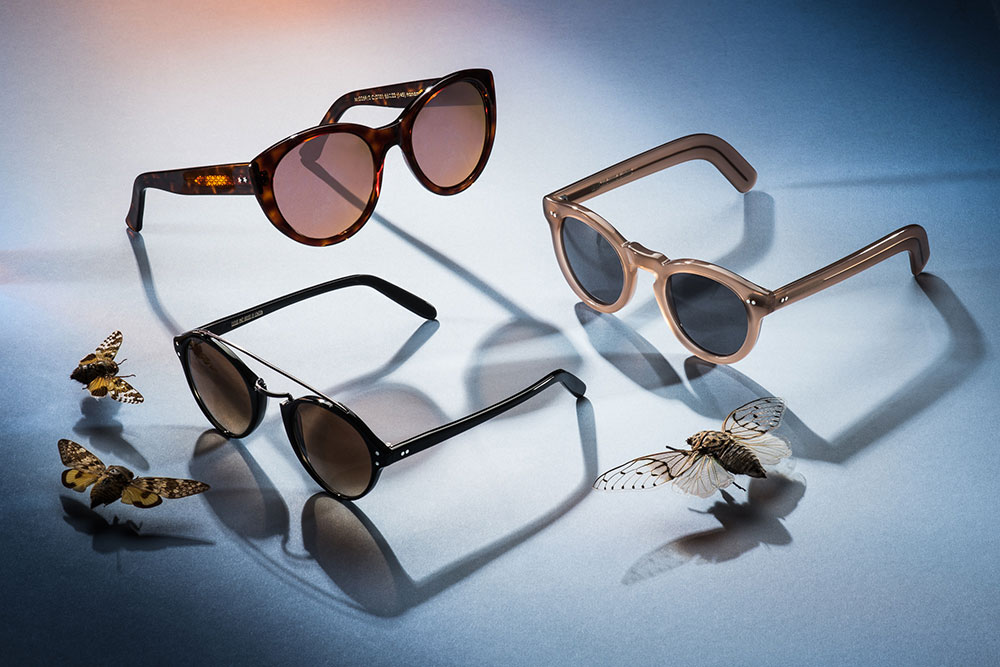
How did you approach creating the new Spring 2017 collection?
Form is a kind of theme. We looked at styles that have been really good for us — that people have really celebrated — and thought about how we can make them fresh again. We have some classic styles, like an optical aviator, but we adjusted the proportions so it fits modern faces. We kind of split the collection between frames that are familiar and look very Cutler and Gross, and frames that are new and push things forward. Cutler and Gross are very different men, so it’s not just the vision of one designer — it’s two distinct conversations.
Have you noticed any major shifts in how people shop for glasses and sunglasses over the years?
I love choosing glasses for men because they ask lots of questions. They are curious about how the glasses are made, about the materials. It’s almost the same as how they approach buying a watch or a piece of technology that they use — the function and the form are both equally important.
Men want their glasses to be sustainable, they want them to last a long time — this is a serious purchase and they are investing their time into it. You really have to qualify your comments on why they are working really well for that person: they aren’t curious about if they look good, they want to know why they look good. I love that.
I think it ties into ordering a bespoke suit, which is all about learning to know what questions to ask. Buying your first bespoke suit is a very awing experience, there’s a lot going on, but you go through the process and you learn. Translating that kind of attention to detail to glasses is really exciting.
